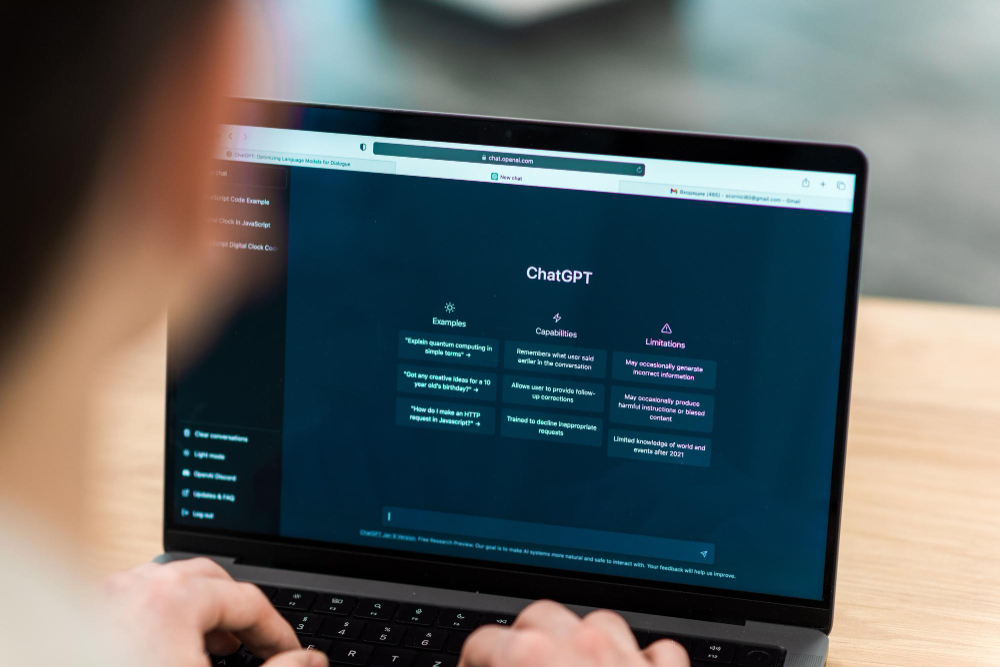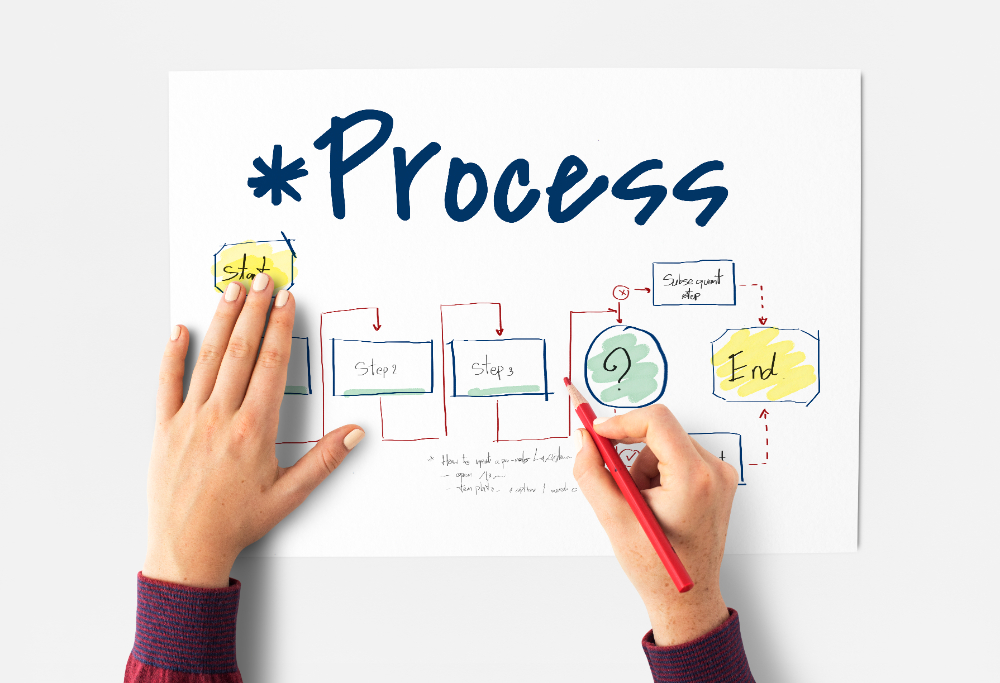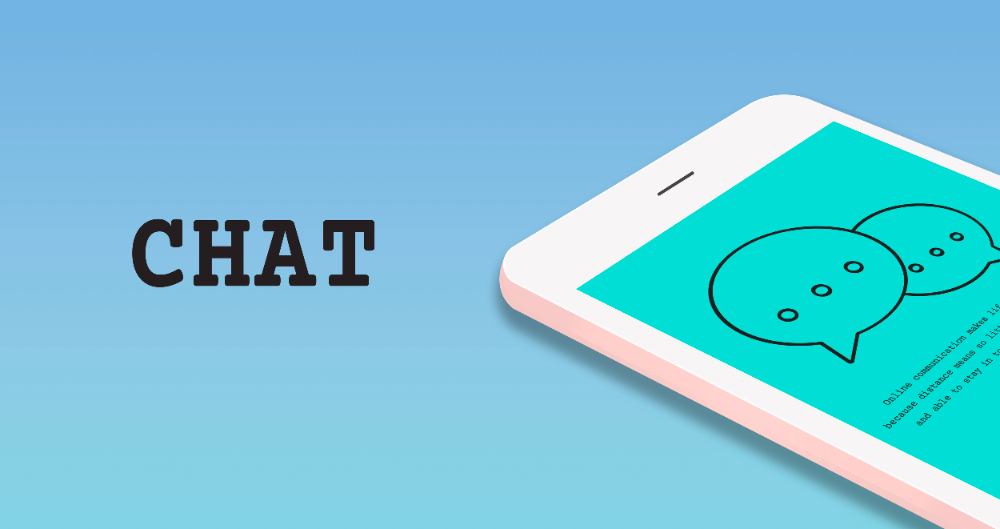Table of Contents
- Understanding Failure in the Educational Context
- The Psychological Impact of Failure
- Benefits of Embracing Failure
- Learning Opportunities
- Growth Mindset
- Health Benefits
- Strategies for Students to Embrace Failures
- Strategies for Teachers and Educators
- Role of Parents and Families
- The Role of Digital Tools and Resources
- The Role of Educational Institutions
- The Role of Non-Governmental Organizations and Entrepreneurs
- Conclusion
“If you fail, never give up because F.A.I.L means the first attempt in learning.” -A.P.J Abdul Kalam
In these past years, the one thing academics have taught us is how to respond to failures positively and flexibly. It was a sign of weakness in the traditional setting but now, it is seen as the step toward success.
But, a lot of students and teachers are still struggling to deal with failure positively. It is impacting their motivation and productivity. So, we are going to discuss the power of failure and how educational stakeholders can utilize it for their benefit. So, keep reading the article.
Understanding Failure in the Educational Context
John Dewey is an early educational reformer who explained the concept of failure in the educational setting in the best way. He said, “Failure is instructive. The person who thinks learns quite as much from his failures as from his successes.”
Bob Lenz, a teacher at Envision School, always says to the teachers that there are 50 percent chances of success in their lesson planning and 100 percent chances of learning something from it.
But, how do students and teachers cope with failures? Well, if a student fails in any assignment or task, the teacher can provide them with detailed feedback. That feedback could tell them where they are going wrong and how they could redirect their approach toward the right path. Their failure can also help the teacher in defining new teaching strategies to teach that student.
The Psychological Impact of Failure
Failure initiates a chain of events and chemicals in the brain that impact our feelings and emotions. When we fail, a hormone, Cortisol, is released in our brain that impacts our mood and motivation.
When a student or teacher fails, they think their goals are now further away from them. They feel less capable and misjudge their talents and IQ. Failure leaves an emotional scar on them so they start thinking of themselves as helpless people who should give up on their goals.
Another unconscious thing failure does is self-handicapping us. In it, students and teachers try to avoid failure by making excuses. For example, students will attend a party the night before the exam to put all the blame for failure on the party. Teachers can develop psychosomatic symptoms such as stomachaches and headaches that make it difficult to concentrate. So, they can blame the aches for their failure.
Some major reasons for fear of failure are unrealistic expectations of parents and families, lack of support from community and institutes, self-esteem issues and comparing oneself to others.
Benefits of Embracing Failure
Learning Opportunities
If you see failure from a positive mindset, you can learn a lot from it. If you focus on the process rather than on the results, it will build problem-solving and creativity skills.
For this, you can reflect on what you have done wrong, what lessons you learned in this journey and how you can apply them in the future. This self-reflection will build a positive mindset and confidence in you. Identifying the lessons and applying them in life will enhance your innovation skills and will promote life-long learning.
Growth Mindset
Carol Dweck’s book Mindset: The New Psychology of Success introduced the concept of a growth mindset in education. Maria Popova, owner of the website Brain Pickings, found the relationship between a growth mindset and failure. She stated:
“A “growth mindset,” on the other hand, thrives on challenge and sees failure not as evidence of unintelligence but as a heartening springboard for growth and for stretching our existing abilities.”
If you see failures as a way to try new things and divert your mind toward new methods, it will enable you to have a growth mindset in your life. This will enhance your skills and intelligence with time.
Health Benefits
The fear of failure can stress your system causing headaches, stomachache, nervousness, fear and pain. This can impact your mental and physical health. But, if you embrace the failures, it can enhance your mood and satisfaction with your life. Moreover, it is linked to mental and physical health.
Strategies for Students to Embrace Failures
Derek Redmond faced a traumatic failure when his hamstring tore during a 400-meter-long race in the 1992 Olympics. He was never able to run but he remained resilient. He bounced back by taking part in other sports and became a motivational speaker. He changed his career and gained success in his life.
This example shows how a student can positively approach failure. Diverting your mindset from negative thoughts to positive ones and finding other ways to gain success is how you can learn from your failures. For this, you should embrace problem-solving, self-directed learning and growth mindset skills.
You should analyze your process and find where you have gone wrong. What elements led you to failure? Learn about those elements and utilize them to get a successful approach toward your goals.
Strategies for Teachers and Educators
Trish Berg, an associate professor of management at Heidelberg University in Tiffin, gives a FLEX plan to teach students about failure.
“F” stands for “Failure Happens”. So, teachers should teach students that failures are a part of life so they shouldn't be disheartened by it. Teachers should give students appropriate space to try new things and face failures in them. They can also tell them the story of different successful people who faced failures in their lives.
“L” stands for “Lean In”. Whenever a failure comes, students experience different emotions such as shame, pain and embarrassment. Teachers should teach them that it is normal to feel those emotions. They should give them support and encouragement to come out of those emotions positively.
“E” stands for “Elect a positive response”. In it, students should come out of failure and see different methods to approach their goals. For this, teachers should give positive or constructive feedback to them that could encourage them to cope with their failures.
“X” stands for “X-ray”. It means you should be transparent with your students about your failures. If you will tell about your failures and how you succeed, it will give students motivation to keep moving. Moreover, you should encourage your students to always remain transparent about their failures so that they can take any support and help from their teachers, friends or family.
Role of Parents and Families
Parents and families can also follow the FLEX plan to help their kids in embracing failures. Moreover, you should encourage your kids to build resilience by celebrating their small wins, providing a supportive environment at home and encouraging positive self-talk. This positive self-talk will ensure that students don't dwell on negative emotions that can impact their success rate.
The Role of Digital Tools and Resources
Students can use online community forums to lean in. They can connect with their peers to share their experiences and get help from them whenever they want. Some examples of digital community forums are Padlet, Hive Index, Whatsapp Groups and other social media platforms.
Moreover, there are different habit trackers and project management tools that enable you to plan your progress and see where you are going wrong. Some examples are Trello, Asana, Forest, TickTick and Goalscape. Different tools enable students and teachers to share feedback such as FinChat. This positive feedback can help them in coping with the failure.
The Role of Educational Institutions
Educational institutes should incorporate a growth mindset curriculum in their classrooms. It should focus on the process of the students rather than on the final product. It should have open questioning, self-assessment and project-based learning so that students can take risks and learn from their failures. Schools should create a safe space where mistakes should be seen as a learning opportunity, not as a punishment. They should give all the online resources and help students and teachers need in this regard.
For this, institutes should train their teachers so that they can teach students to embrace failures and can also have a positive attitude toward their failures.
The Role of Non-Governmental Organizations and Entrepreneurs
NGOs can initiate different programs for parents, community and other educational stakeholders to teach them about the importance of failure and how to learn from it. They can collaborate with different schools to change their mindset and help them in training their teachers.
Entrepreneurs can build different tech tools that can track the progress of students and teachers. Its algorithms can provide them with important insights into their progress and how to improve it. These types of tools can help them succeed or learn from their mistakes.
Conclusion
There is a famous quote from J.K. Rowling: “Failure is so important. We speak about success all the time. It is the ability to resist failure or use failure that often leads to greater success.” This quote shows the importance of failure for educational stakeholders and how embracing it can be a cornerstone for success for everyone. So, you all should apply the strategies we have discussed in this blog to get benefits from your failures.

































Comments are closed.